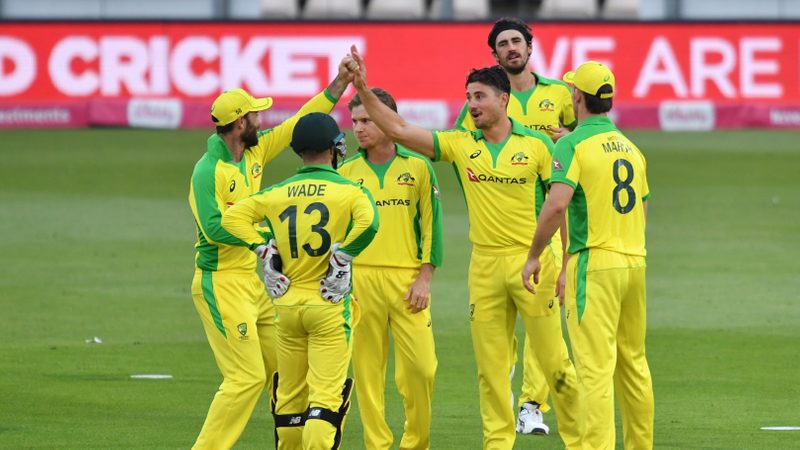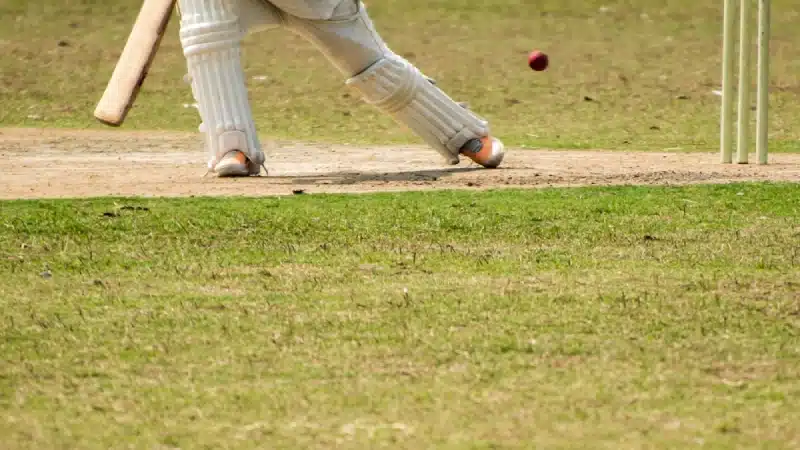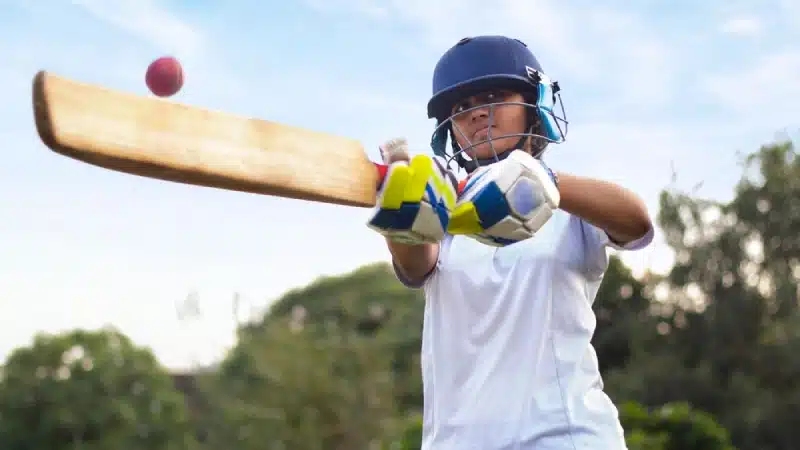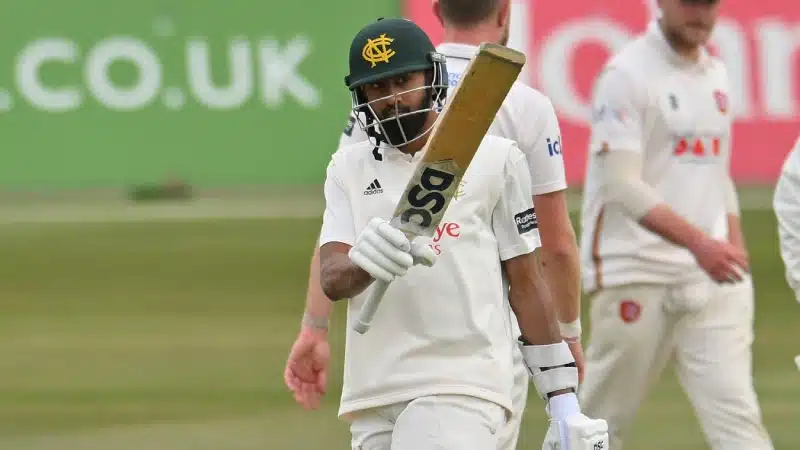
Australia, on Thursday, named their white-ball teams for the series against India and there were quite a few eyeballs on the fact that they chose to name a combined team for ODIs and T20Is. The shortest format of the game has moved on considerably from its formative years and is no longer a sister format to the 50-overs game.
That they chose to name the same group of players is bizarre considering that they are also the home team and have no logistic issues like visiting sides. Even with the new normal and bio bubble, an extended squad would have sorted most requirements.
Let’s discuss the issue with the squad by doing a SWOT of the team.
Strengths
The bowling attack is definitely Australia’s strength; the pace attack in particular. Led by Mitchell Starc, the pace attack also has Josh Hazlewood, Pat Cummins, Kane Richardson, Daniel Sams, Cameron Green and Sean Abbott. Add in Moises Henriques and Marcus Stoinis for some part-time medium pace and you have a more than decent bowling attack. Adam Zampa and Ashton Agar are in the squad as spinners and are pretty good options on Australian wickets with the longer boundaries,
The opening pair of David Warner and Aaron Finch have been pretty solid over the last few years in T20Is and ODIs with Finch donning the aggressor role. Despite Finch’s low returns for Bangalore in the Indian T20 League, the quick Australian wickets should see him come into his own again. Warner is an all-time great in this format and will be the aggressor, anchor and consolidator all in one.
Weaknesses
The questionable middle-order, lacking in raw power is Australia’s major issue in T20Is. With Steven Smith, Marcus Stoinis, Moises Henriques, Glenn Maxwell and Matthew Wade stand out as a batting group, except Maxwell who is out of form, there’s no brutal T20 batsman in that middle-order and against a spin-dominant Indian bowling line-up, it is a risky move.
In the ODI setup too, there seem to be fewer players who can rotate the strike and keep the scoreboard ticking in the middle overs. There remains a lot of promise in terms of names, but unless Australia get in more dynamic players, the line-up will remain way less threatening.
Opportunity
From the training squad, Nathan Lyon, Josh Philippe, Riley Meredith and Andrew Tye were left out. At least with Philippe and Meredith, a longer rope could’ve been given to be in and around the squad. While picking Cameron Green is a step in the right direction, Australia’s decision to let talented youngsters go without giving proper chances reeks of a poor and confused selection policy.
Threat
The issue with the Australian middle-order for both ODIs and T20Is is that it exposes them to spin in the middle overs, something India have in plenty. The likes of Stoinis, Wade, Henriques and even Maxwell (who has the potent Chahal threat) can be controlled with spin and it is here that Australia could lose the contest.
Feature image courtesy: AFP / Glyn Kirk




















